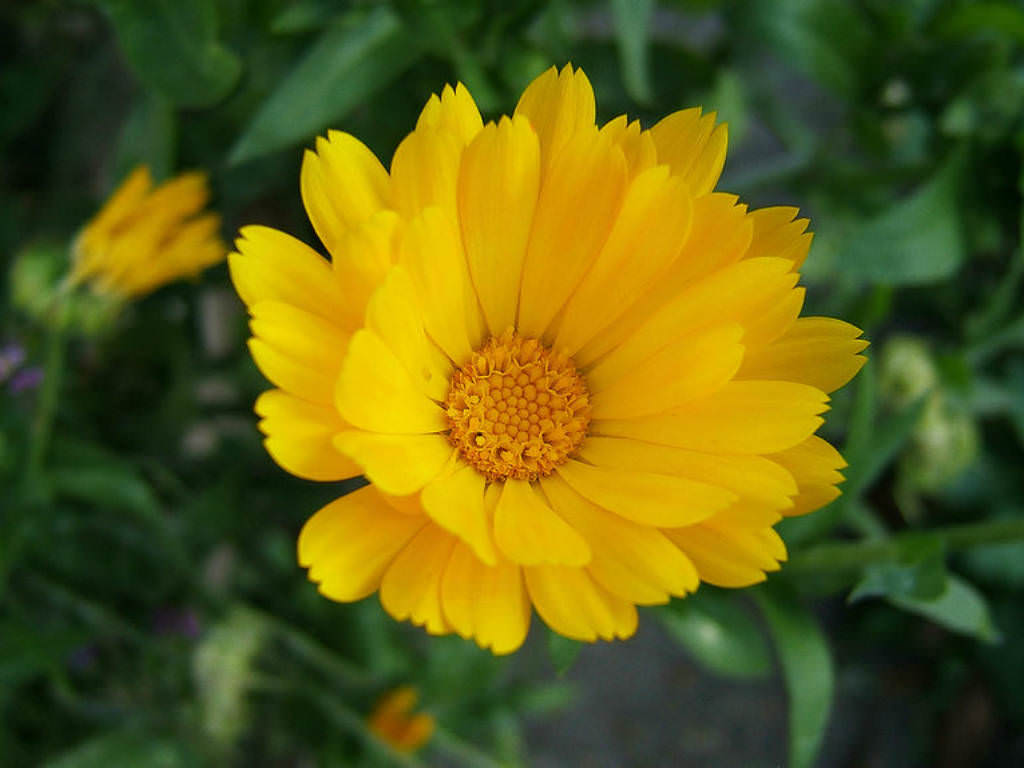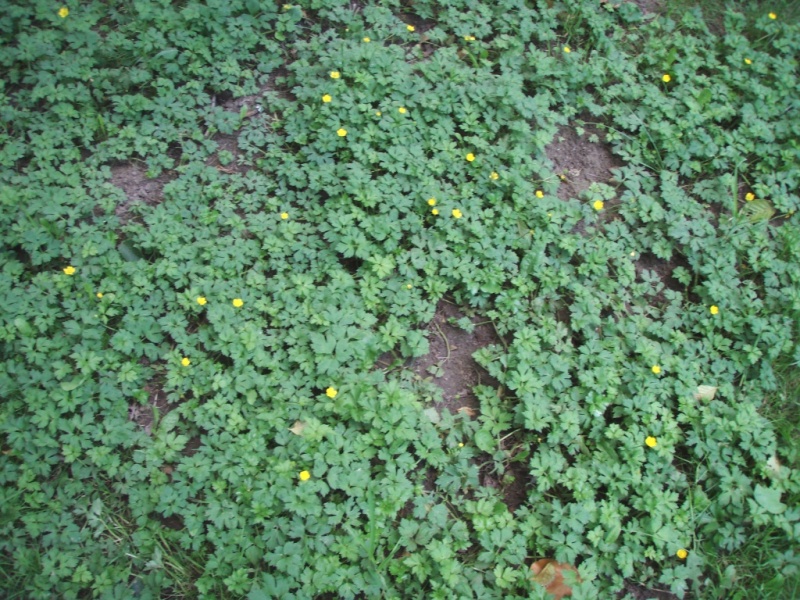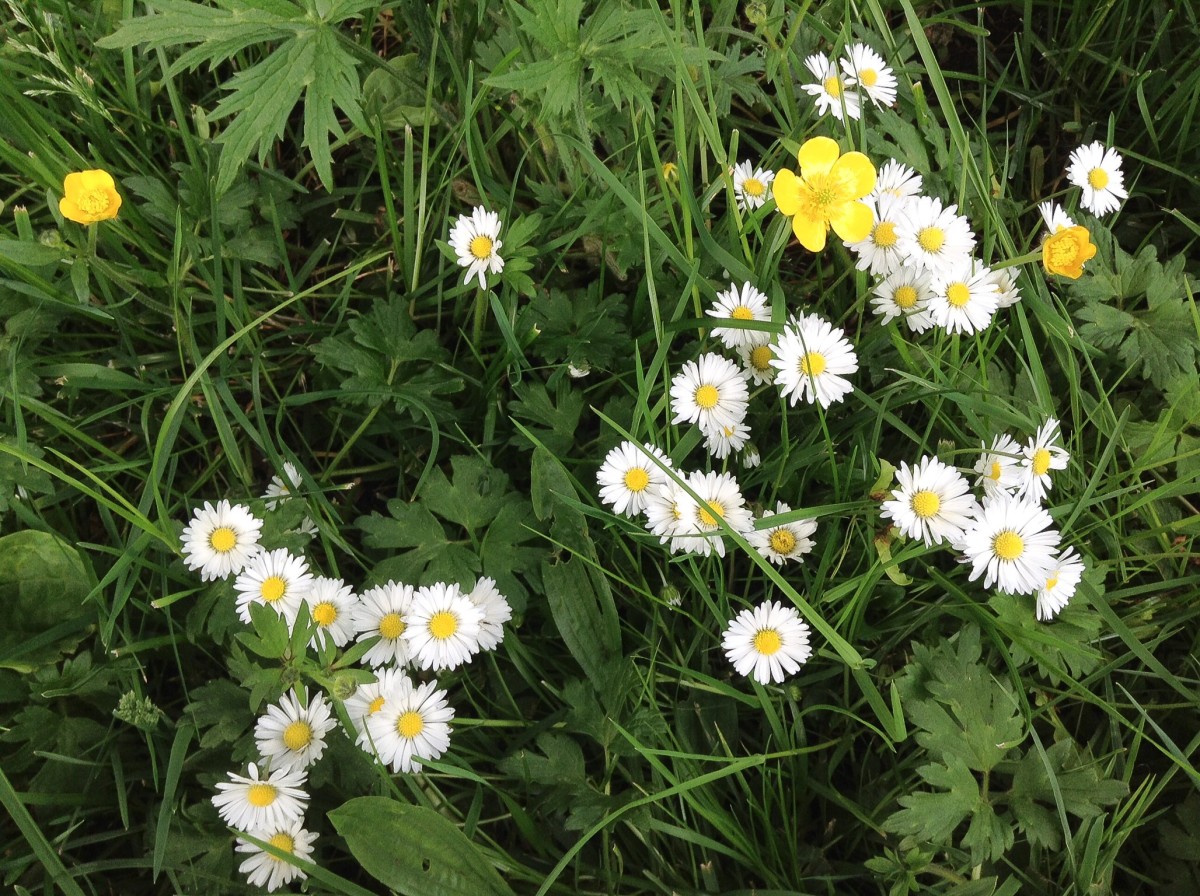To get rid of buttercups in your pasture or hayfield is a two step process; spray to kill the existing buttercups and improve the conditions that favor grass production. For selective control of Buttercup in grassy conditions such as pastures and hayfields, use the herbicide MCP Amine plus an adjuvant (wetting agent) such as Class Act. Not counting varieties, there are about 15 yellow buttercup species present in Minnesota, only 2 or 3 of which are not native, Tall Buttercup being one. It is most easily identified by its deeply lobed leaves. It also has larger flowers and is a taller plant than most native species.
Several species of buttercup are found in Tennessee. War for the overworld - heart of gold expansion download. Two of the most common are hairy buttercup and bulbous buttercup. They are not native to the United States and are members of the but- tercup family (Ranunculaceae). They can be found in pastures, hay fields, roadsides and marginal areas.

Wild Buttercup Flower
Buttercups (Ranunculus repens) are much like daisies – they seem to grow everywhere. Worms reloaded. Their roots are runners which creep under lawns and fields and this is why they grow so fast on uncut lawns. They are very common here in the west of Ireland and can often be seen growing at the base of the hedgerows – at the side of the road. Members of the genus are known as buttercups, spearworts and water crowfoots. The familiar and widespread buttercup of gardens throughout Northern Europe (and introduced elsewhere) is the creeping buttercup Ranunculus repens, which has extremely tough and tenacious roots.
Hispid Buttercup
Ranunculus hispidus
Buttercup family (Ranunculaceae)
Description: This perennial wildflower is up to 1' tall; it has a tendency to sprawl with age. The stems are light green to pale reddish brown and more or less covered with long spreading hairs. Both basal and alternate leaves are produced; like the stems, their petioles are covered with long spreading hairs. Sometimes, the petioles are as long or longer than the compound blades of the leaves. The leaf blades are usually trifoliate (divided into 3 leaflets). The leaflets are up to 4' long and across and usually cleft into 3 lobes. The margins of the leaflets are irregularly dentate. The terminal leaflet has a short petiolule (short stalk) at its base, while the lateral leaflets are either sessile or they have even shorter petiolules. The upper surface of each leaflet is more or less medium green with scattered appressed hairs, while the lower surface has spreading hairs along the major veins. The upper leaves are smaller in size than the basal leaves and their leaflets are often lack lobes. Occasionally, solitary flowers are produced on long hairy stalks. These flowers are about ¾–1' across, consisting of 5 shiny yellow petals, 5 light green sepals, a dense cluster of pale yellowish green pistils, and a ring of numerous stamens with yellow anthers. Toward the center of each flower, the petals become semi-translucent and each petal has several fine lines that function as nectar guides. The sepals are hairy and lanceolate in shape; they are shorter than the petals. The blooming period occurs from mid- to late spring and lasts about a month. Each flower produces several flattened achenes with long beaks; these achenes are up to 3.5 mm. in length. The root system is fibrous. This wildflower reproduces by reseeding itself.
Cultivation: The preference is dappled sunlight during the spring, followed by light shade during the summer. This buttercup prefers mesic to dry conditions and a rich loamy soil with some decaying leaves.
Range & Habitat: The native Hispid Buttercup occurs occasionally throughout Illinois; its distribution is somewhat patchy (see Distribution Map). Habitats include upland woodlands, wooded slopes, and bluffs where oak trees are often present; unlike Ranunculus septentrionalis (Swamp Buttercup), this species is rarely found in damp habitats.
Faunal Associations: Buttercups are the summer hosts of the aphid Thecabius gravicornis. The seeds and foliage of woodland buttercups are eaten by such upland gamebirds as the Wild Turkey and Ruffed Grouse; the Eastern Chipmunk also eats the seeds. The foliage is toxic to mammalian herbivores and usually avoided by such animals.

Photographic Location: An upland area of Warbler Woods in Coles County, Illinois.
Comments: Hispid Buttercup and Ranunculus septentrionalis (Swamp Buttercup) are very similar to each other. Hispid Buttercup differs primarily by the long spreading hairs on its stems and petioles, and its preference for drier habitats than Swamp Buttercup. Swamp Buttercup is either hairless or it has short appressed hairs along its stems and petioles. Some authorities regard these two buttercups as different varieties of the same species. For spring wildflowers, they bloom longer than average.

Wild Buttercups Flowers
